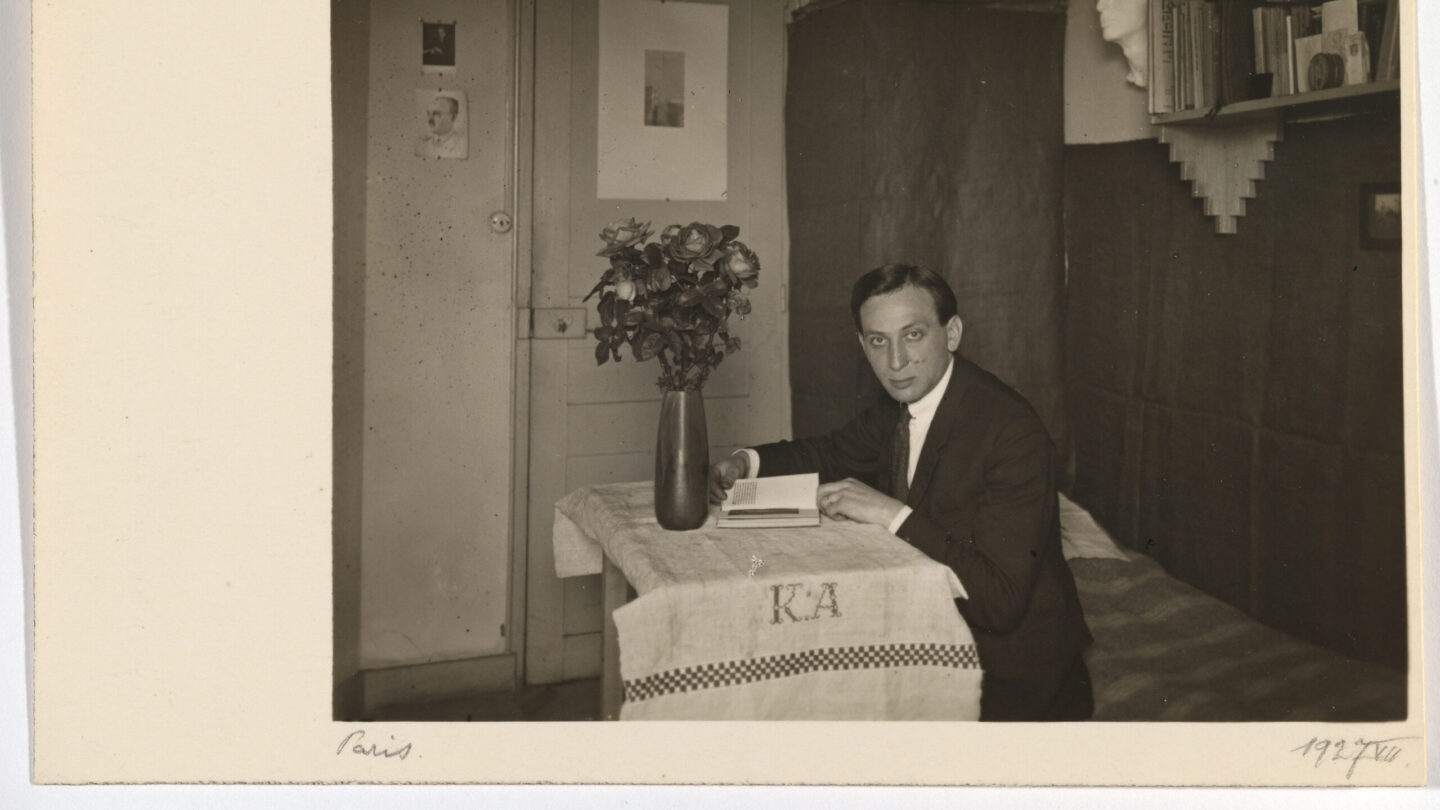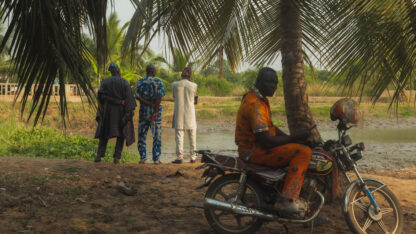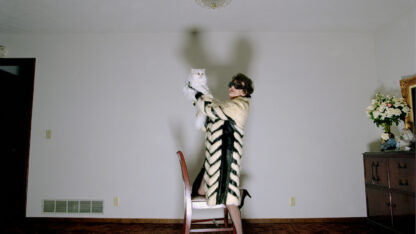André Kertész is one of the seminal figures of photojournalism, often hailed as one of the greatest photographers of the 20th century. He was a self-taught photographer who captured the poetry of everyday life and people, and his works are on display at the High Museum in a rare exhibition, “André Kertész: Postcards from Paris.” “City Lights” producer Summer Evans spoke with the High’s assistant photography curator Maria Kelly to learn more about the life of Kertész and how he became one of the most celebrated documenters of early 20th century Paris.
“He was born in Budapest to a middle-class Jewish family,” Kelly explained, “And he started learning photography and darkroom techniques while he was in Hungary as a young man … He was enlisted in the army for World War I, and then after that, he decided that he really just had to go to Paris and … see what kind of artistic practice he could lead in a city that was so culturally vibrant in the ’20s.”
With truly impeccable timing, Kertész entered the Parisian social scene at a moment when figures like Pablo Picasso, Ernest Hemingway and Piet Mondrian moved through the city, making an extraordinary impact on the culture. At the time, artists and intelligentsia of Paris often met in cafes, a milieu well-suited to Kertész’s particular way of presenting photography. “The beauty of these carte-postale [‘postcard’] prints is since they were so small, he was able to bring them to cafes in Paris,” said Kelly.
She went on, “There was one cafe in particular, the Café du Dôme, that he would frequent. And he said that he would spend all of his time there; he only went home to sleep. And so, with the beauty of having these really small-format photographs that he was developing, he could show them around at the cafe tables and have people understand, ‘This is my work. This is what I’m proud of.’”
The High Museum’s exhibition marks the first time since the 1920s that Kertész’s carte-postale photographs have been gathered in one setting since his days around the cafe tables in Paris. They include several portraits, “really inventive, but also warm,” as Kelly describes them, and his extraordinary series of still-life style photographs of mundane objects.










